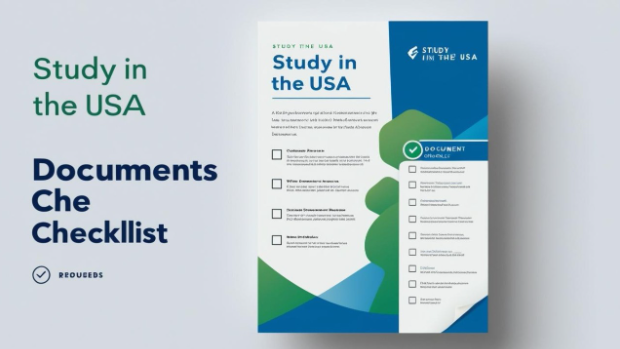Finishing a research paper feels great. But the moment it’s done, a new tension begins, that is, where to send it. Most people don’t know which journal fits their work. They search online, see hundreds of names, and end up more confused than before.
Some send their papers to random journals and wait for months without any reply. At the same time, others stop trying after getting rejected once. This is what happens to almost everyone. Looking for the right place to publish is not simple, but it is not impossible. All you need to do is look for a journal that is relevant to your topic. That one option can save you from a lot of tension and time.
When the match is right, your paper stands a better chance of getting accepted quickly. Every journal looks for something different. Some want detailed studies, some like short research notes, and others prefer fresh ideas. When you understand what they want, everything becomes simpler.
Publishing is not about luck. It’s about choosing wisely and preparing well.
Before You Pick a Journal
Take a short pause before you start searching. Think about what your paper is really about. What’s the main idea? Who would want to read it?
Once you are clear about all this, it becomes simpler to look for relevant journals. Many people skip this step and end up sending their work to the place that is not right for them. Thinking a little before you hit the publish button can make all the difference. Professionals who provide the best journal publication support services help researchers understand the publication process and how to overcome all these hurdles.
How to Find the Right Journal
Think of your paper like a story. It needs the right place to live. Not every journal is a good fit. Start small and read what other people in your field have published. Notice where they sent their work. Those journals might work for you, too.
- Then check three things before you choose:
| What to Check | Why It Helps |
| Topic match | The journal should cover the same subject as your paper. |
| Type of readers | Pick a journal that your readers already follow. |
| Rules for writers | Every journal has its own layout and length. Follow it. |
Don’t rush and take time to look. If you send your paper to a place that doesn’t match the requirements, it may get rejected. When you find a journal that truly fits your topic, you save time and stress. A right match means your paper gets read and noticed faster.
Effective Tips to Prepare Your Paper for Submission
Once you have the right journal, take a moment to breathe. Now is the time to get your paper ready. Small things can make all the change here.
Here are some simple steps to follow:
| Step | What To Do | Why It Helps |
| 1 | Read the journal rules | You’ll know how to set your paper right. |
| 2 | Check spelling and grammar | Clean writing looks professional. |
| 3 | Add clear headings | It helps readers move through your ideas |
| 4 | Use simple words | Reviewers like papers that are easy to read. |
| 5 | Include good references | It shows your research is strong. |
Make sure your paper looks neat. Don’t fill it with hard words. Short and clear sentences always work the best. It is good to ask your friend or teacher to read it for you. They might catch small mistakes that you missed.
A clean, simple, and well-written paper always stands out.
Common Mistakes to Avoid When Publishing
Even good papers get rejected because of the small errors. Mostly, they are easy to fix, and if you already know what to look for.
Here are some common mistakes:
- Sending your paper to the wrong journal
- Ignoring the journal’s rules
- Forgetting to check grammar
- Using too many hard words
- Missing the deadline
- Not replying to editor emails
You can keep these points in mind with this simple chart:
| Mistake | What Happens | How to Fix It |
| Wrong journal | The paper gets rejected fast | Match your topic before sending |
| Poor grammar | Reviewers lose interest | Edit or get help to proofread |
| Complex words | Makes reading hard | Use simple, short sentences |
| Missed rules | The paper looks careless | Read the author guide first |
A little care can save a lot of trouble. Take time to double-check everything before you hit “submit.”
Where to Get Help before Submitting
It’s normal to feel stuck before sending your paper. You might wonder, Is it good enough? Did I miss something? Everyone feels that way.
However, if you live somewhere near Manchester, you can ask any custom thesis writing services near Manchester for expert help. They thoroughly check your paper, fix small mistakes, and ensure that everything looks perfect before you hit the send button. It is a big relief when a professional reviews your work.
How to Be Patient during Review
Waiting for a reply feels like the time is never-ending. Days turn into weeks, and you keep refreshing your mailbox. This is the situation everyone goes through.
Try not to be worried. Every good paper takes time to be reviewed. Use this time to read more or start another small project. It keeps your mind fresh and helps you grow while waiting.
Remember, silence doesn’t mean rejection. Sometimes journals take months to reply. Stay calm and believe in your work. Good research always finds its place.
Frequently Asked Questions
Q. How can I tell if a journal is real?
Look at its website. Real journals show the editor’s names, contact details, and numbers.
Still, it’s better not to connect if they request fast payments.
Q. Can I submit my paper to two journals at the same time?
No, don’t do that. Submit it to the first one and then wait. Journals don’t like it when the same paper goes to others at the same time.
Q. How long will it take to get an answer?
Usually, it takes many weeks, or sometimes even months. It depends on the journal. Just be patient, it’s part of the process.
Q. Do I’ve to pay to publish my paper?
Some journals are free. Some charge a small fee. Just check what’s included before paying.
Still, skip it if they ask for a big amount for no reason.
Conclusion
Publishing a paper takes time and patience. You don’t have to rush it. You just need to take one step at a time. Choose the right journal, prepare your paper well, and stay calm while waiting.
Every researcher feels lost at first. What matters is that you keep going. Learn from each step, improve your paper, and never give up. Your work deserves to be seen. So trust yourself, follow the process, and let your research find its place in the world.











